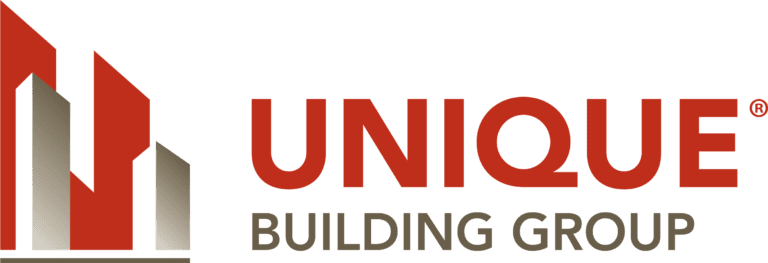For the vast majority of commercial buildings, keeping unwanted water outside is a top priority. When water is able to freely enter a building from the outside over an extended period of time, the results can be devastating. As water and moisture build up on the interior of a commercial building, it can lead to structural issues, mold growth, and rapid deterioration.
However, keeping water out of commercial buildings can be incredibly difficult. Over time, building movements and deterioration create cracks in exterior wall materials that can invite water into your inner walls. This is especially true when it comes to brick and concrete materials; however, metal panels can even have issues.
When long-term sun exposure wears down the sealing that connects your panels together, it can also create an entryway for water. In other words, long-term exposure to the elements can make it nearly impossible to keep water out of your walls without some form of additional protection. The good news is, rainscreen systems can help!
What Is A Rainscreen System?
A rainscreen system consists of a cladding layer, a cavity, and a protective barrier that work together to help keep rain, snow, and ice away from a commercial building’s exterior wall. It also helps prevent moisture from accumulating in the wall. Rainscreen systems also protect buildings from damage caused by long-term sun exposure, add a supportive layer of insulation, and increase thermal performance. Below is a review of the three layers that make up a rainscreen system:
1. The Cladding Layer
The cladding layer is the first line of defense against water entry. It’s essentially a water-resistant membrane that catches and disposes of water as rain hits its surface. The cladding layer stops wind, so any water that does make its way through to the protective layer doesn’t have momentum. The cladding layer is designed to be weather-proof, which means it’s not only capable of withstanding wind and water, but also provides the building with UV protection.
2. The Cavity
Directly behind the cladding layer is a cavity or an area of open space that promotes air circulation and ventilation. It’s important for air to circulate behind the cladding layer to eliminate moisture and water vapor. The cavity also creates additional space that prevents water that penetrates the cladding layer from hitting the exterior wall. In general, the cavity needs to be at least 3/8″ to allow for adequate circulation.
3. The Thermal Layer
The last component of the rainscreen system is the thermal layer, which serves as the last form of protection. This layer sits directly on top of the commercial building’s exterior wall. Any water drops that reach the thermal layer shouldn’t have any momentum. This layer can be permeable or non-permeable. Since the thermal layer is protected from the elements by the cladding layer, it’s less likely to deteriorate over time. It’s always recommended that the thermal layer is installed on the exterior of a load-bearing wall.
Why Are Rainscreens Used in Commercial Construction?
Rainscreen systems are an essential part of commercial construction because they ultimately prevent water damage and increase a building’s energy efficiency. Below are some of the main benefits of a rainscreen system:
- Reduces Condensation and Humidity
The air circulation promoted by the cavity layer helps to eliminate condensation, humidity, and removes water filtration. This not only helps to keep water out but also helps buildings maintain internal temperatures. - Reduces Structural Movements
Because the air cavity helps regulate the exterior wall’s temperature and helps ensure it’s not impacted by rain, snow, or ice, your exterior is less likely to expand or contract due to temperature changes. As a result, it’s less likely to suffer cracks of structural damage. - Energy Efficiency
Because rainscreen systems reduce precipitation’s impact on internal temperature and provide additional insulation, commercial construction buildings will benefit from increased insulation. This can lead to a significant reduction in energy bills. - Extends Lifespan of Your Building’s Facade
Rainscreen systems keep your building’s facade dry and protect it from long-term sun exposure, which ultimately increases its overall lifespan.
The concept behind rainscreen systems has been around for hundreds of years. Today, they are a common component of any commercial construction building. Rainscreen system materials are affordable, and the protection and energy efficiency they offer can save building owners a significant amount of money in the long term. Even if you live in an area that doesn’t receive much precipitation, rain screen systems also offer important UV protection.
When adding rainscreen systems to your commercial building, it’s important to work with an experienced subcontractor who specializes in this line of work. Working with a reputable subcontractor is the best way to ensure rainscreen systems are installed properly and safely.
Unique Building Group not only specializes in commercial construction rainscreen systems, we offer a variety of options so you can not only protect your building but also achieve aesthetically pleasing results. For more information, contact us today.
